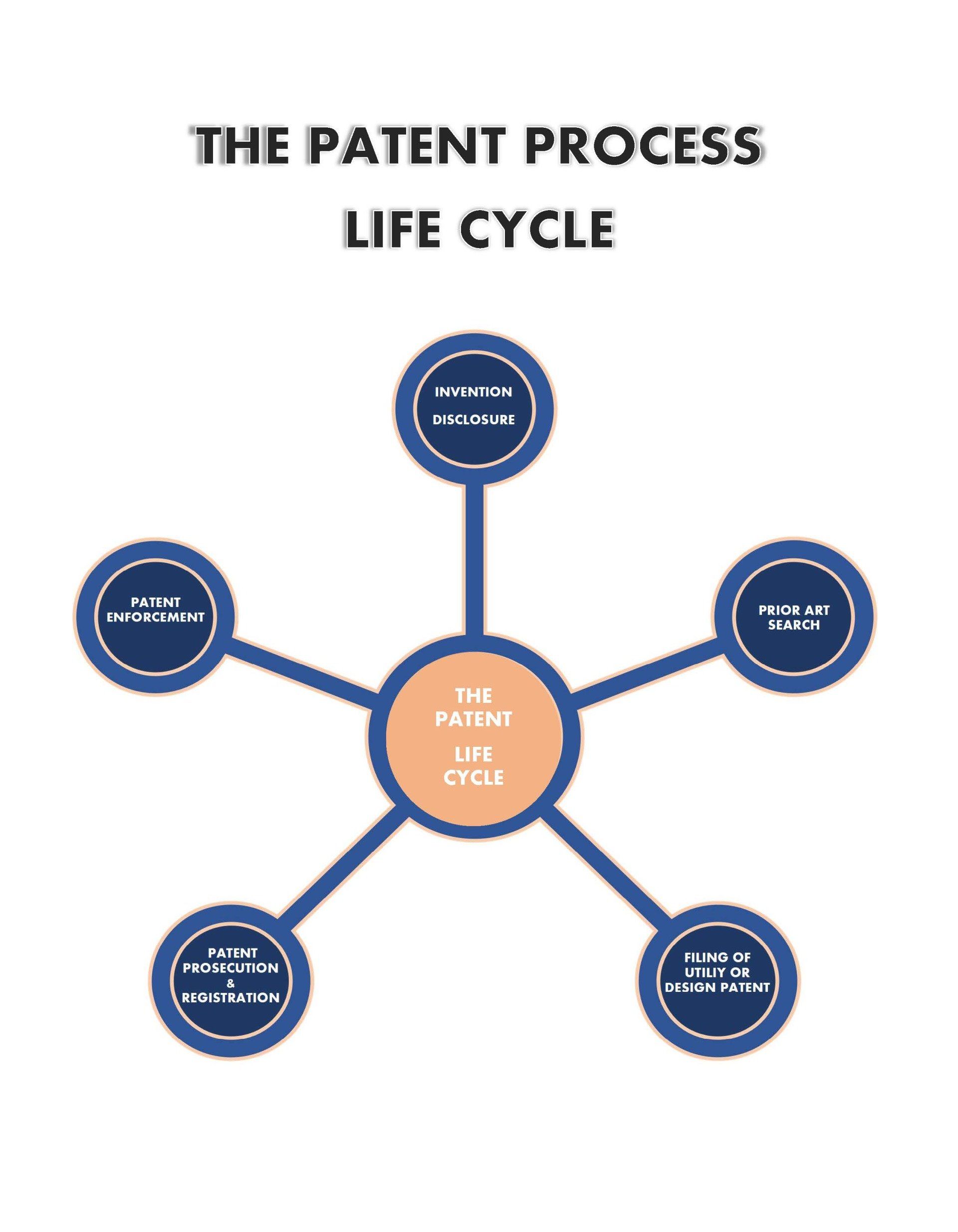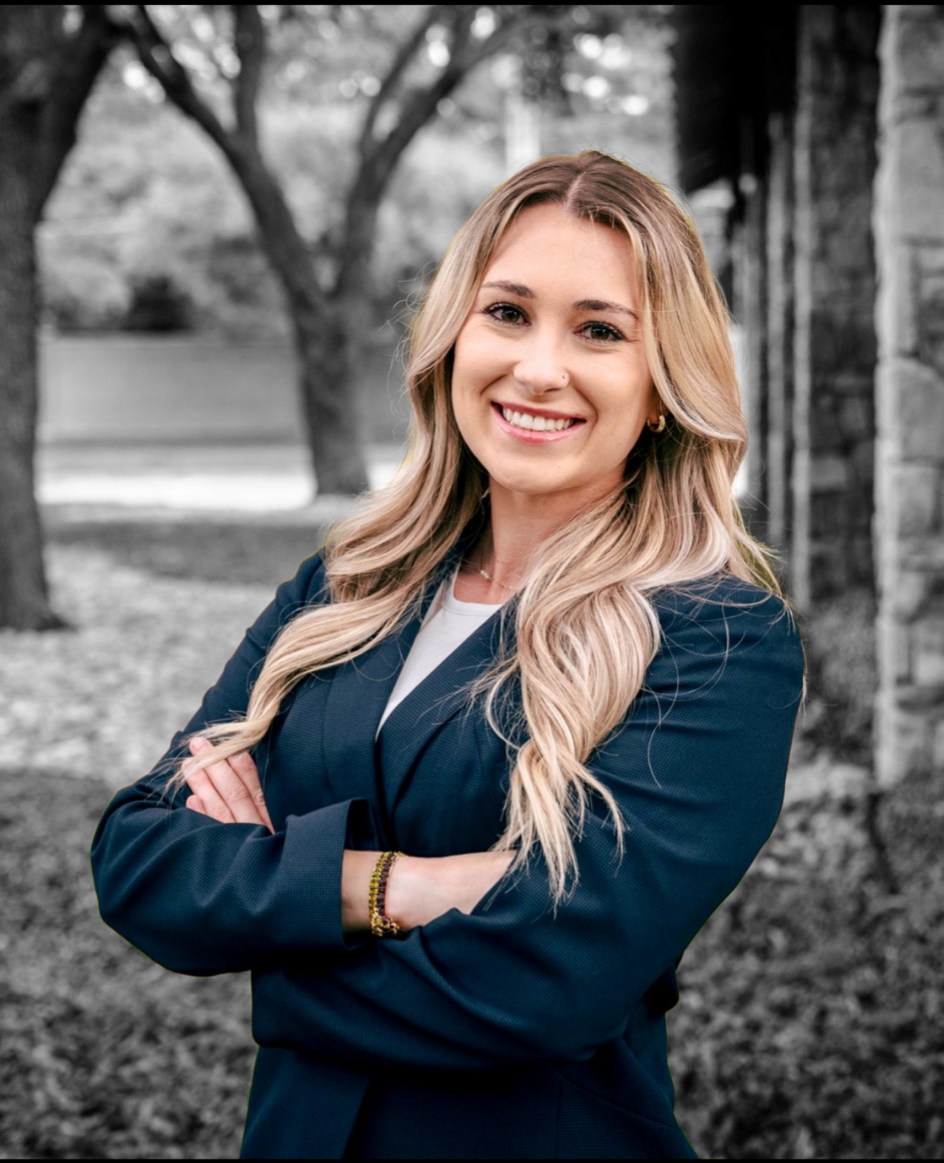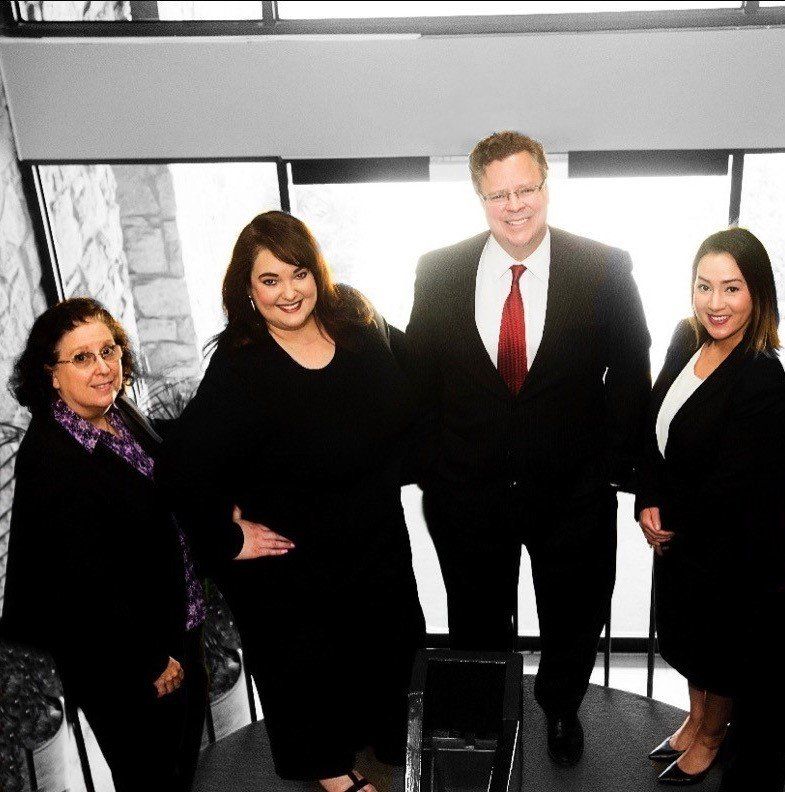OVERVIEW OF THE PATENT PROCESS LIFE CYCLE
The patent life cycle of a registered utility patent consists of an invention disclosure, prior art search, patent application filing, patent prosecution, patent enforcement and patent maintenance.
THE PATENT LIFE CYCLE PROCESS
- Invention: The patent life cycle begins with the conception of an invention. This is the moment when an inventor conceives of a new and non-obvious idea that may be eligible for patent protection.
- Patent Application: The inventor or their legal representative drafts a patent application describing the invention in detail and submits it to the United States Patent and Trademark Office (USPTO). The application includes claims that define the scope of the invention.
- Patent Prosecution: The patent application undergoes examination by a patent examiner at the USPTO. The examiner reviews the application to ensure compliance with patent laws and determines whether the invention meets the criteria for patentability, including novelty, non-obviousness, and utility. This stage may involve correspondence between the applicant's attorney and the examiner to address any issues or objections raised.
- Patent Grant: If the patent examiner determines that the invention meets the criteria for patentability, the USPTO grants a patent. The patent is issued, and the inventor becomes the owner of the patent rights, granting them the exclusive right to make, use, sell, and import the invention for a limited period.
- Maintenance Fees: To keep the patent in force, the patent owner must pay maintenance fees to the USPTO at specified intervals during the patent term. These fees help maintain the enforceability of the patent rights.
- Enforcement and Defense: During the patent term, the patent owner has the right to enforce their patent against infringers through legal action. This may involve litigation to stop unauthorized use of the patented invention and seek damages for infringement.
- Patent Expiration: The patent term is typically 20 years from the filing date of the patent application, subject to the payment of maintenance fees. Once the patent expires, the invention enters the public domain, and anyone can freely use, make, or sell the invention without infringing the patent rights.
Texas Patent Attorneys
Our Dallas patent lawyers assist clients in filing and registering patents with the U.S. Patent office. Our lawyers are licensed with the United States Patent & Trademark Office and work in the specialty field of law governing intellectual property. For more information on the patenting process, see our Patent Registration information page.
Patent Resources & Services
- Patent Overview
- Patent Prosecution
- Provisional Patent Application
- Patent Licensing
- Patent Infringement Defense
- Patent Search & Due Diligence
- Inter Partes Review (IPR)
- Post Grant Review (PGR)
- Covered Business Method Review (CBM)
- Patent Reexaminations
- Patent Portfolio Management
- PCT International Patent Filings
Need any help?
Industry Resources & Services
- Alcohol & Beverage Law
- Blockchain Law
- Cosmetics Product Law
- Crypto-currency Law
- Cyber-security Law
- Digital Marketing
- eCommerce Law
- Energy Law
- Fashion Industry Law
- Health Technology Law
- Oil & Gas Law
- Product Industry Overview
- Professional Services law
- Real Estate Development Law
- Restaurant Services Law
- Retail Business Law
- Software Industry Law
- Sporting Goods Law
- Technology Law
- Video Gaming Industry Law
-
Patent Overview
Button -
Patent Prosecution
Button -
Provisional Patent
Button -
Patent Licensing
Button -
Patent Infringement Defense
Button -
Patent Search & Due Diligence
Button -
Inter Partes Review (IPR)
Button -
Post Grant Review (PGR)
Button -
Covered Business Method
Button -
Patent Reexam
Button -
Patent Portfolio Management
Button -
Patent Cooperation Treaty (PCT)
Button
Additional Patent Life Cycle Focus
Applying for a patent is a legal process governed by strict timelines and it is often difficult to prosecute a patent without a patent attorney. The process takes significant time to identify your invention, develop your invention disclosure, check that disclosure against the prior art, and eventually file and prosecute your patent. If successful in the patent process life cycle, your patent issues and you must maintain and enforce that patent registration. Maintenance occurs in the form of paying the patent office fees to keep your patent alive, and enforcement occurs by sending out demand letters and, if necessary, filing patent infringement litigation. Simply, owning and maintain a patent is a time consuming and often expensive process. You must decide whether you really need a patent, and some of the questions you might ask yourself include the following:
- What Is The Total Cost Of A Patent? Have you fully researched the total cost of ownership in the patenting process, including all renewal fees and foreign application fees, if applicable? You must believe your patented invention will bring an economic return that justifies the cost of the patenting process.
- When Should You File A Patent? Once you file a patent, you can’t stop the process. It’s a continual process and does not stop until a patent issues or the patent application is finally refused by the patent office. While it’s not a constant process, it is a long process with specific deadlines which often cannot be altered or delayed. Our Dallas patent attorneys can advise you on the patenting process.
- Does Your Invention Have A Short Product Life Cycle? The patenting process typically takes two (2) to four (4) years. Any inventions directed towards a “trendy” concept could be gone before your patent even issues. In a highly competitive and dynamic market, your invention could be obsolesced by the time it issues or simply just not be worthwhile once granted.
- Do You Have Funds To Enforce Your Patent? While some patent firms will take patent infringement on contingency, you may have to foot the cost of stopping patent infringement. Importantly, if you don’t timely enforce your patent once the infringement is known, laches may occur which could prevent you from asserting your patent rights against an infringer because you simply waited too long to file litigation.
- How Easy Will It Be To Invalid Your Patent?
While nobody has a crystal ball, one must assume that in any litigation a patent infringer will file a counter claim of patent invalidity. Invalidity simply means that the infringer will claim that patent is invalid and unenforceable either because i) it already existed in the prior art; or ii) you committed inequitable conduct at the patent office (e.g. you failed to disclose prior art or did not list an inventor, etc.) You will need a patent attorney's advice on the strength of your claims and the enforceability of your patent. If a competitor invalidates your patent, you will be left with nothing. Our Dallas patent attorneys can assist you in defending invalidity challenges to your patent.
CLIENT MATTERS
5,000+
YEARS OF SERVICE
25+
Award Winning
Recognized in the legal industry as dedicated board-certified lawyers and Rising Stars.
Expert Team
Your project will be handled by legal experts every time. You will have the most experienced attorneys working for you.
Quality Representation
Wilson Legal Group P.C.
d/b/a Wilson Whitaker Rynell
(972) 248-8080 (Dallas) MAIN OFFICE
(713) 830-2207 (Houston) Appointment Only
(512) 691-4100 (Austin) Appointment Only
For more information on how we can assist in your intellectual property, commercial litigation, or other personal needs, let us know how we can help you:
Contact Us - Main Page
We will get back to you as soon as possible.
Please try again later.
Disclaimer:
This form does not establish an attorney-client relationship, and should only be used to contact the firm about scheduling a call or meeting. No confidential or sensitive information should be sent using this form.
The law office of Wilson Legal Group P.C. (d/b/a Wilson Whitaker Rynell) represents clients nationwide, including Dallas, Austin, Houston, and other Texas areas such as Fort Worth, Arlington, Carrollton, Plano, Allen, Lewisville, Flower Mound, Irving, Denton, McKinney, North Richland Hills, and all cities within Dallas County, Tarrant County, Collin County, and Denton County.
SERVICES
OFFICES
ABOUT
CONTACT
BLOG
JOIN OUR NEWSLETTER
Wilson Whitaker Rynell
16610 Dallas Parkway, Suite 1000
Dallas, Texas 75248
972-248-8080 (MAIN)
972-248-8088 (FAX)
info@wrrlegal.com (E-MAIL)














